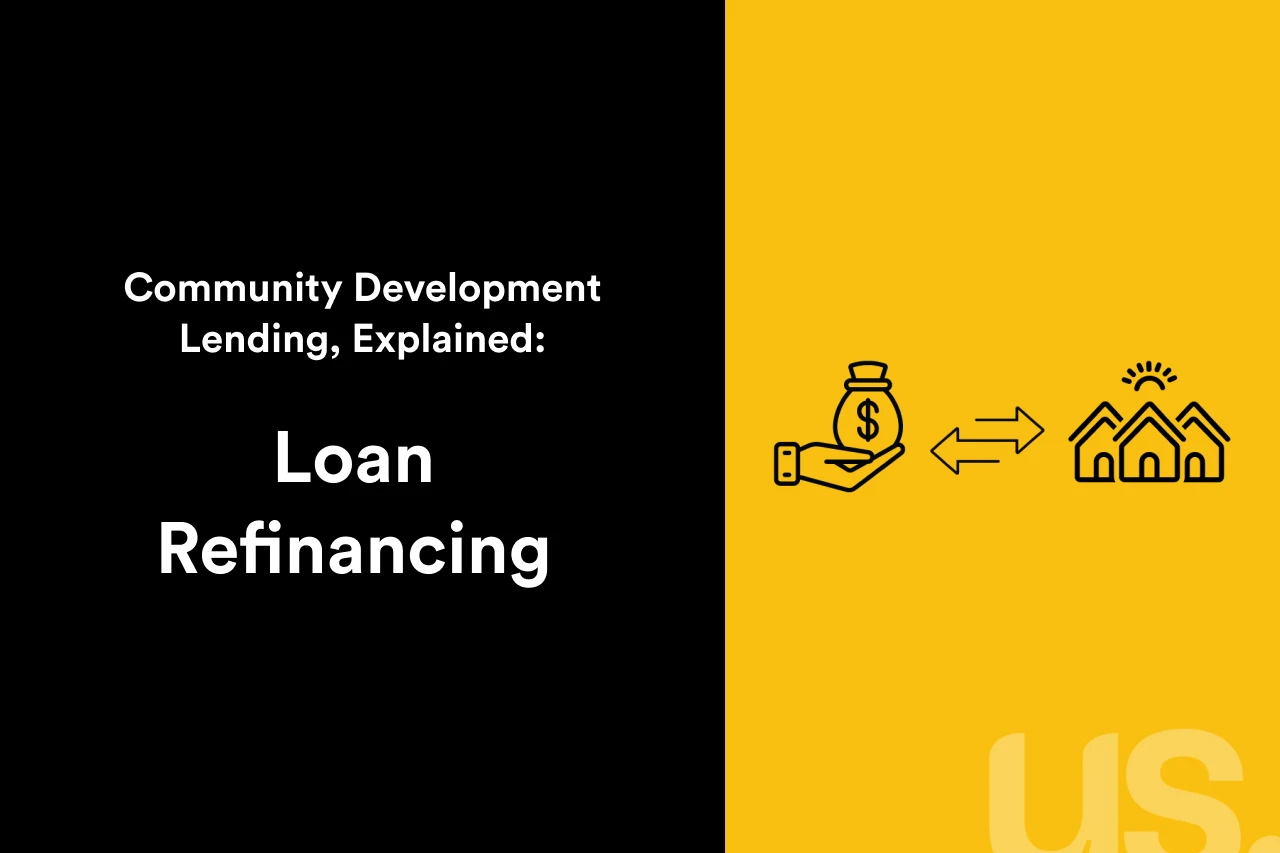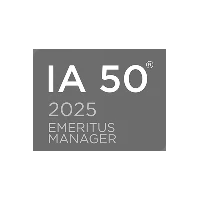In this series about community development lending, we aim to shed light on the diverse types of loans we offer, in the hope that it will provide the clarity our borrowers need to make an informed decision about applying for a community development loan.
In this fifth installment, we explore an essential financial tool in community development: loan refinancing.
What is Loan Refinancing?
Loan refinancing in the context of community development involves replacing an existing debt obligation with another under different terms. This strategy is often used to secure lower interest rates, extend repayment terms, or access additional funds for project development. Refinancing can alleviate financial pressure, provide more favorable terms, and free up capital for further investment into community-centric projects. If approved, the borrower gets a new contract that takes the place of the original agreement.
Transforming Communities Through Strategic Refinancing
Refinancing can play a pivotal role in sustaining and scaling community development efforts. It offers developers the flexibility to adjust their financial strategies in response to changing market conditions or project needs, ensuring long-term project viability and impact.
The Benefits of Refinancing
Refinancing offers several advantages:
- Reduced Costs: Lower interest rates can significantly decrease the overall cost of borrowing.
- Improved Cash Flow: Extended loan terms provide developers with better cash flow management, enabling them to allocate resources more effectively across projects.
- Strategic Allocation: Access to additional funds allows for investment in other critical aspects of development, such as predevelopment costs and new projects.
Example: Capital Impact Partners provided a $10 million loan to refinance an existing loan on a 45,252-square-foot property located in Los Angeles. This refinancing was strategically executed to replace the existing loan and secure additional capital for soft costs, predevelopment, and approvals necessary for transforming the property. This loan enabled the conversion of the current vacant buildings into a six-story, 252-unit multifamily, 100 percent affordable apartment building targeting tenants living with low and moderate incomes, addressing the acute demand for affordable housing in Los Angeles.
For community developers looking to maximize the impact of their projects, understanding and utilizing refinancing can be a game changer. By adjusting financial strategies to better suit their needs, developers can ensure the sustainability and expansion of their community initiatives.
Check out our mission-driven lending page for more information about our products and to find out which might work best for you.
Up Next in this Series
New Market Tax Credit (NMTC) Qualified Low-Income Community Investment (QLICI) Loans
Contact us today to start a conversation about how Momentus Capital can support your journey to success.










